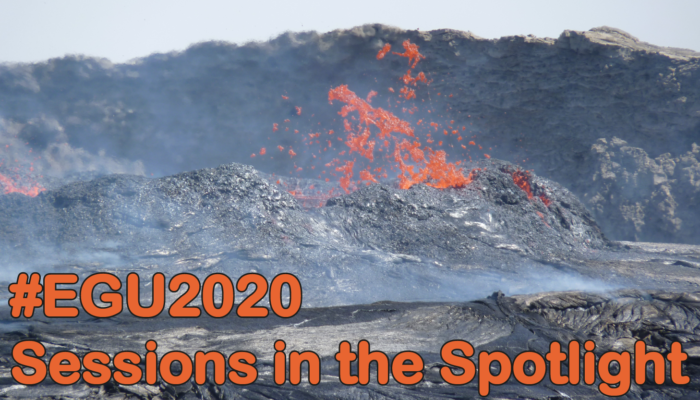
Breaking up is hard, but sometimes it’s the right thing to do. Sometimes it might look like a breakup is about to happen, or it might even begin to happen, then be saved part way through. Sometimes breakups start with a small area of weakness, which grows into something much bigger.
If your first thought reading this was ‘continental rifts’ or ‘this guy clearly knows nothing about continental rifts’ (which would be fair) then we have an #EGU2020 session for you! Co-organised across the GMPV and GD (Geodynamics) sections, GD6.3 (Continental Rift Evolution: from inception to break-up), convened by Giacomo Corti, Derek Keir, Sylvie Leroy, Carolina Pagli and Frank Zwaan aims to cover the whole process of rifting and break-up.
The convenors say:
Continental rifting is a complex process spanning from the inception of extension to continental rupture or the formation of a failed rift. This session aims at combining new data, concepts and techniques elucidating the structure and dynamics of rifts and rifted margins. We invite submissions highlighting the time-dependent evolution of processes such as: initiation and growth of faults and ductile shear zones, tectonic and sedimentary history, magma migration, storage and volcanism, lithospheric necking and rift strength loss, influence of the pre-rift lithospheric structure, rift kinematics and plate motion, mantle flow and dynamic topography, as well as break-up and the transition to sea-floor spreading. We encourage contributions using multi-disciplinary and innovative methods from field geology, geochronology, geochemistry, petrology, seismology, geodesy, marine geophysics, plate reconstruction, or numerical or analogue modelling. Special emphasis will be given to presentations that provide an integrated picture by combining results from active rifts, passive margins, failed rift arms or by bridging the temporal and spatial scales associated with rifting.
These multi-disciplinary sections tend to attract big crowds, and are great for getting interesting and unexpected feedback on your work. Interested? Then submit here!

